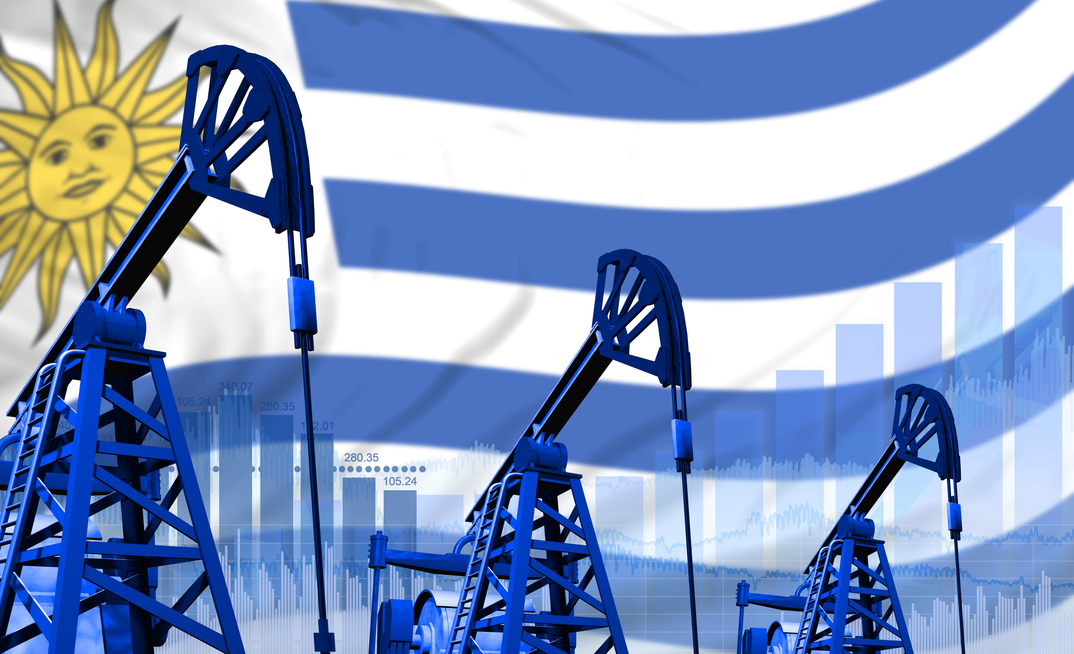When the Kudu gas field was discovered offshore Namibia in the early 1970s, Chevron jumped to the other side of the Atlantic to take acreage in Uruguay in a similar setting. It led to the drilling of Uruguay's first couple of offshore wells Lobo X-1 and Gaviotin X-1 in shallow waters near the offshore border with Argentina. The results were disappointing even though subsequent analyses showed that hydrocarbons had migrated through the area.
Over the next decades, the focus was on acquiring seismic data until Uruguay launched the first formal bid round in 2008, which was followed by Round II in 2012. The second round was highly competitive and among the winners as operator were bp, Total, British Gas, Tullow and YPF.
In 2016, the first wildcat was drilled offshore Uruguay after 40 years. Raya X-1, operated by Total and with ExxonMobil and Equinor as partners, was located in the Pelotas Basin, and set a record at the time for being the deepest water well in the world; a staggering 3,400 m. The high-profile well failed to encounter any significant hydrocarbons.
In 2019, buoyed by industry interest in the southern Atlantic, ANCAP introduced the Open Uruguay Round, a semi-annual open round process that continuously offers acreage. This format was a success and impressively within just a few years the country has gone from being totally open in 2020 to fully licensed in 2023. It also saw the return of major players back into the country. And the interesting thing is that Chevron has now acquired a stake in exactly the same area it drilled the first two wells in 50 years ago! It is certainly déja-vu for Chevron.
The Americans acquired a 60% stake in Challenger Energy's AREA OFF-1 in the Punta del Este Basin. Immediate work in the block involves a 3D seismic programme as part of the farm-in agreement in the next 18 months and this is expected to focus on two shelf margin prospects in the 550-800 m water depth range. Other work planned includes drilling in the Apache-operated AREA OFF-6 and 2,500 sq km of 3D seismic in its AREA OFF-4 in which Shell is a 50% partner. Other blocks already have large amounts of 3D seismic data and firm work will involve the reprocessing of existing data in the current phases before firm drilling in the next period.
Meanwhile, 2024 activities offshore Argentina will be closely followed by Uruguay with major 3D surveys planned and of course the much-awaited Equinor-operated Argerich-1 deepwater well in the North Argentinian Basin. The well has both Shell and YPF as partners, giving them involvement into the deepwater of adjacent countries geology, and in Shell's case both sides of the southern Atlantic in similar settings.
























